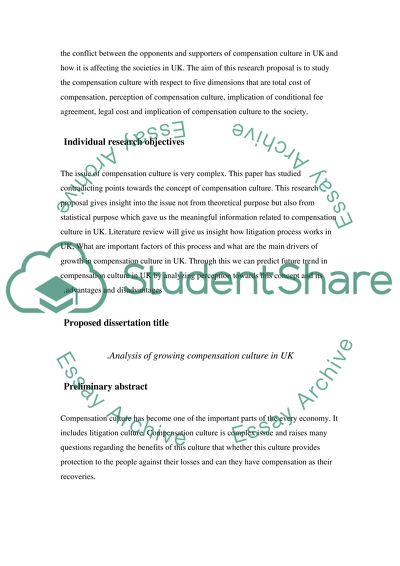Cite this document
(“Where there is blame there is a claim Dissertation”, n.d.)
Retrieved from https://studentshare.org/gender-sexual-studies/1422967-where-there-is-blame-there-is-a-claim-an-analysis
Retrieved from https://studentshare.org/gender-sexual-studies/1422967-where-there-is-blame-there-is-a-claim-an-analysis
(Where There Is Blame There Is a Claim Dissertation)
https://studentshare.org/gender-sexual-studies/1422967-where-there-is-blame-there-is-a-claim-an-analysis.
https://studentshare.org/gender-sexual-studies/1422967-where-there-is-blame-there-is-a-claim-an-analysis.
“Where There Is Blame There Is a Claim Dissertation”, n.d. https://studentshare.org/gender-sexual-studies/1422967-where-there-is-blame-there-is-a-claim-an-analysis.


